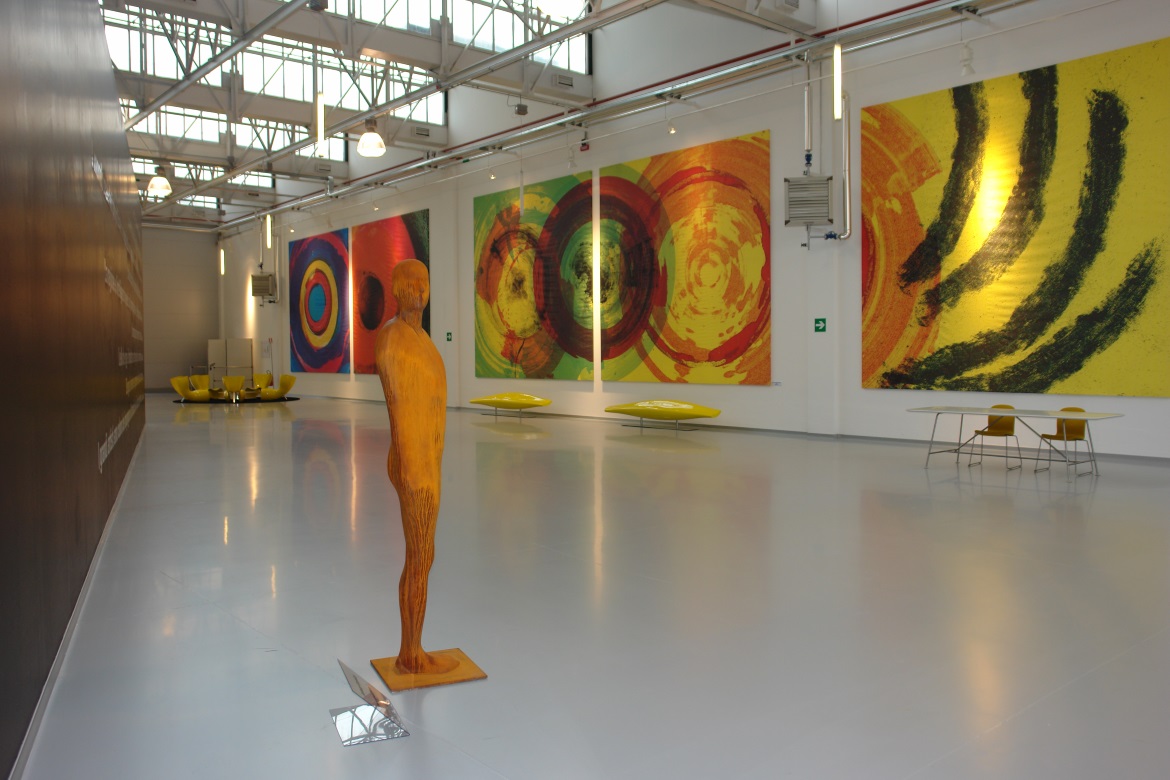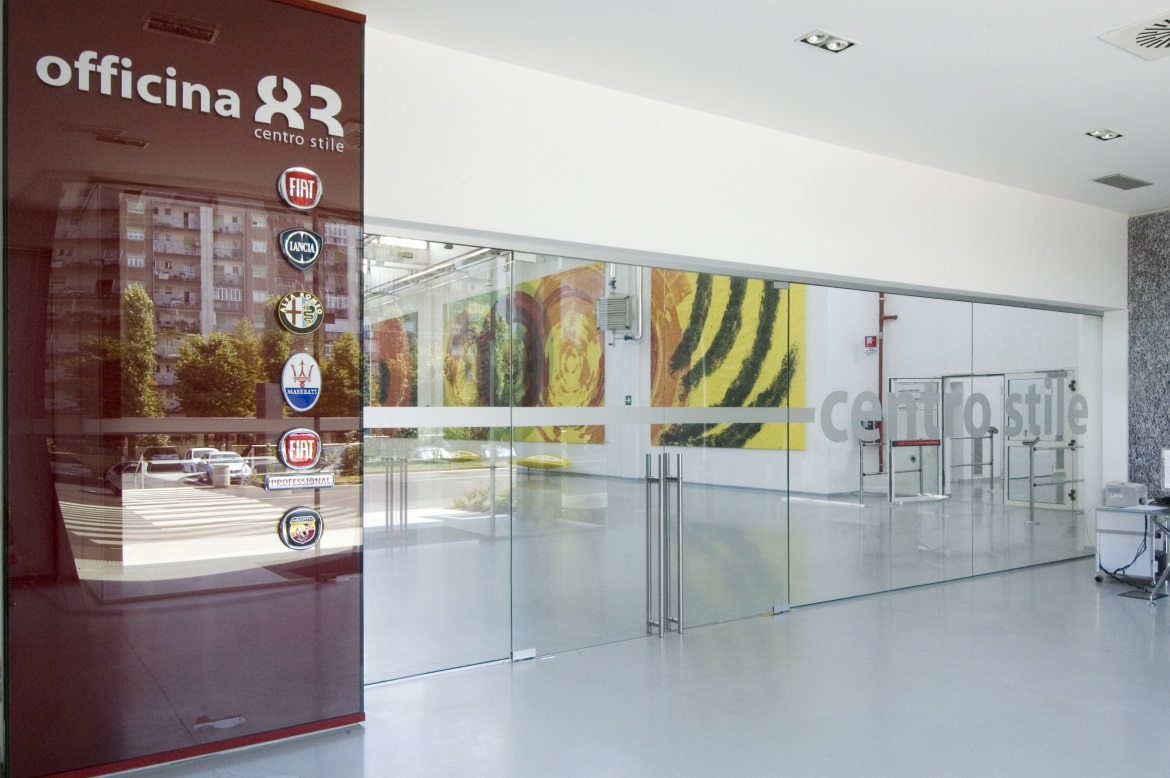“I saw factories that would not have been out of place in a novel by Dickens”, said Sergio Marchionne shortly after his appointment as Managing Director in 2004, quickly realising it would be necessary to regenerate the workspaces in that company that he would later turn into Fiat Chrysler Automobiles. His intentions were immediately clear, to obtain qualitatively valid and aesthetically convincing cars, the places where they were produced and designed had to be decent and, especially for the people who worked on the creative part, inspiring. His vision at the time led to a strong and still visible imprint in the Group’s design centre.
The transfer of the historic Style Centre of Via la Manta in Turin to a new location was already in the pipeline. “What was needed was a building that was directly connected to the production plant and Central Departments and that met all the privacy and security requisites typical of any design centre. In the studio in via la Manta we had recently presented models that were very important for the history of our brands, such as the Panda in 2003 and the Grande Punto in 2005, but it had now run its course”, remembers Roberto Giolito, now head of FCA Heritage. The time had come to change and Marchionne took an active part in the opening of Officina 83 in via Plava, within the Mirafiori complex. “It is significant that it was decided to bring together the research and design activities of the Fiat, Lancia, Fiat Professional, Abarth and Maserati brands in the new Officina 83 under a single direction, entrusted to Lorenzo Ramaciotti,” Marchionne said during the official inauguration on 2 July 2007 (reported in the article in Auto&Design no.166). Not long after, Officina 83 also opened its doors to Alfa Romeo design.
It was the desire of the Managing Director and the entire design team to create a creative think tank, a unique, functional place with technologically advanced areas and with distinctive decorative elements, such as portraits of great personages or phrases of philosophers written on the walls of its hall. “Dr. Marchionne insisted on the works of Swiss artist Roger Pfund being placed in the central atrium, an environment inspired by an art gallery”, Giolito continued. “The whole team participated in the choice of the furnishings that are by Cappellini, but designed by Marc Newson. Italian, yes, but with an international aesthetic horizon”.
Later, Officina 83 was joined by the premises of Abarth & C., CNH, FCA Services, with Officine 82, re-developing an area, that of the former Mechanical Engineering department, where thousands of people worked every day and which will soon host the Heritage department of FCA, with Officina 81. Past and future that meet side by side in a single place, to mark the stylistic evolution of a brand that looks to the future without forgetting its roots. Works by men and women who for decades have dedicated their creativity to the company. We would like to think that Sergio Marchionne would have appreciated it.














